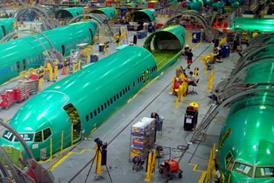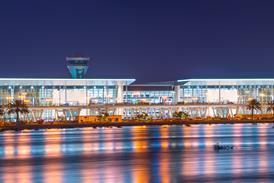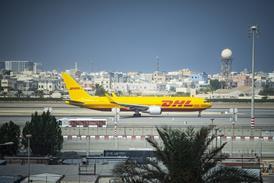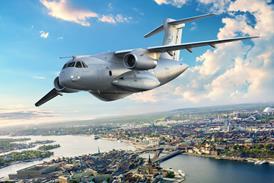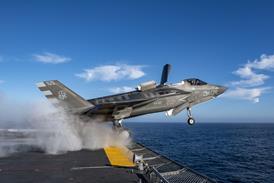Negotiators representing the US and Japan late on 11 December reached and open skies agreement.
The first of five rounds of negotiations between the two countries began in May after Japan reversed a long-held stance against liberalizing air travel between the countries.
Access to close in Haneda airport in Tokyo was a key element in the negotiations. In a statement DOT says the new agreement provides growth for US carriers at both Tokyo Narita and ensures fair competition regarding the new opportunities at Haneda.
Haneda will handle international scheduled flights in October 2010 when a fourth runway opens. Recently the Japanese government indicated it would start allocating slots at Haneda for daytime flights to and from the US and Europe. Some US carriers during the open skies negotiations lobbied strongly to ensure favourable times for slots becoming available at Haneda.
Open skies also allows for carriers to apply for anti-trust immunity transpacific routes. Star Alliance partners All Nippon Airways, Continental Airlines and United have indicated they were prepared to submit an application once open skies was achieved.
"Continental is currently discussing deeper cooperation with these two airlines on transpacific routes, and this cooperation would be facilitated by the new open skies agreement," Continental says in a statement.
American Airlines and its partner TPG and Delta along with other members of the SkyTeam Alliance have offered struggling Japan Airlines (JAL) financial packages. If JAL selects the offer from Delta it would result in the carrier leaving the Oneworld alliance anchored by American to join SkyTeam.
Explaining the open skies agreement fulfils a long-standing goal of the US, the country's Secretary of Transportation Ray LaHood says: "Once this agreement takes effect, American and Japanese consumers, airlines and economies will enjoy the benefits of competitive pricing and more convenient service."
Source: Air Transport Intelligence news

